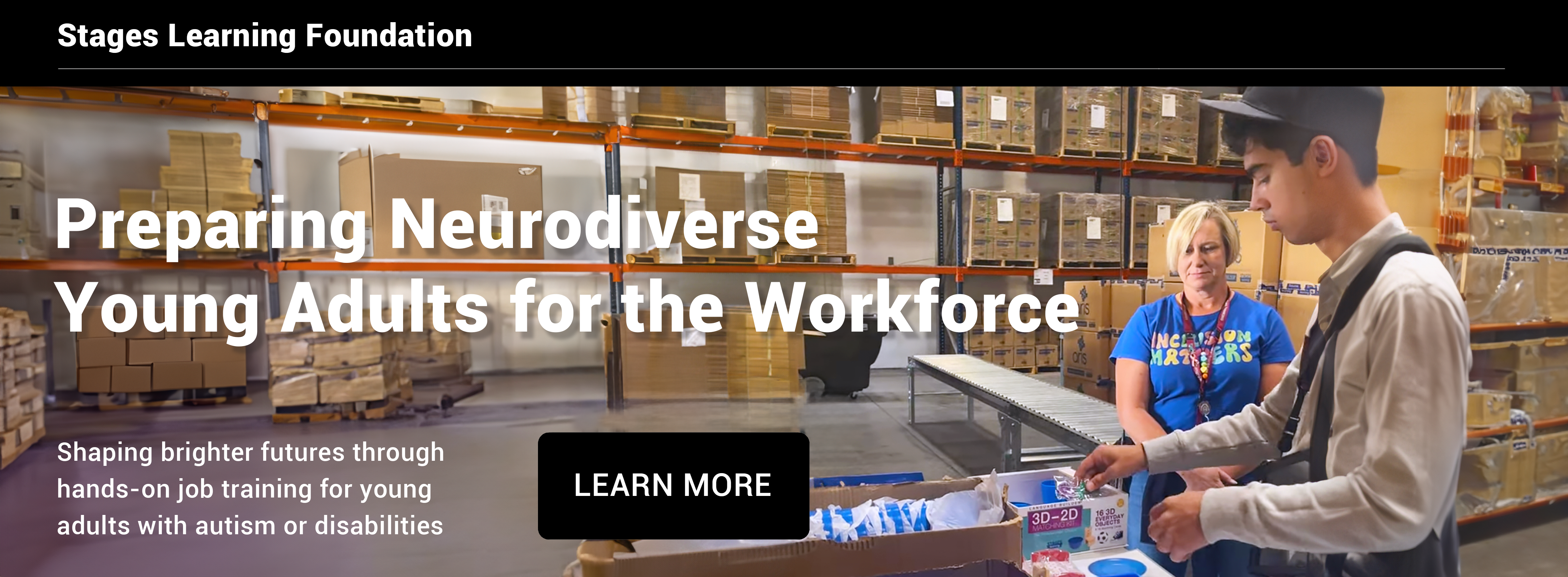Overview of Transition Services: What Resources and Supports are Available for Students With Autism?
What are transition services?
The societal transition from childhood to adulthood is full of stressful events for most children, including deciding between college and work, picking a college or vocation, and graduating from high school. For children with ASD, these transition milestones are similar but often fraught with barriers that work against the neurodivergent.
Throughout childhood, the Individuals with Disabilities Act (IDEA) supports those with ASD by providing access to mandated services through the school system. This same coordinated network of mandated, connected, accessible services stops once children turn 22 or graduate from high school. Then they find themselves in a system where services are difficult to navigate, unevenly funded, and sometimes simply not available. However, when children can access transition services, these take a wide variety of forms, reflecting the transition needs of the recipient. Effectively making use of available resources and supports can make all the difference in helping a young person with ASD succeed in the transition to adulthood and attain some level of independence.
Medical and Mental Health
Some of the most commonly used transition services include medical and mental health supports. The medical transition from childhood to adulthood includes such pieces as maintaining access to health care, increasing independence of health care needs, transitioning from pediatric to adult care, and understanding the medical needs of an adult vs. a child.
Medical professionals often discuss topics such as sex education and requirements for maintaining physical health (e.g., healthful eating, exercise, regular checkups). Youth who receive these services have been found to have improved social-emotional wellness compared to those who do not receive these services.
Employment Support
Some young people with ASD receive support with finding employment, sometimes referred to as vocational training or vocational supports. Specifically, not only do youth receive guidance in finding the actual job, but they also receive on-the-job coaching and instruction. This can include working together to find the right accommodations for being successful (e.g., structured schedules for tasks, help with organization), as well as someone on the job providing feedback and coaching to complete each task. Often this vocational support may be in the form of initial training that is provided more in-depth than it is for neurotypical young adults, and then is decreased gradually until the youth can perform the job independently. Often, similar to the role of an individualized education plan in school, needs and goals are re-assessed periodically and the employee may need more support and/or training as the role shifts.

Social and Life Skills Training
Although youth may have received training in both social and life skills throughout childhood and adolescence in various areas (e.g., hygiene, holding conversations, etc.), social and life skills change as the person grows older, and in the transition to adulthood, these types of supports might include things like social skills for dating or life skills for balancing a budget and going grocery shopping independently.
Higher Education
For those who hope to pursue a postsecondary education, successful planning begins in high school. Some colleges have supportive programming to guide students through the transition from high school to higher education, which greatly impacts the success of that transition.
Most colleges also have an office of disability services that is designed to support exceptional students including providing guidance, training (e.g., how to write a resume, which classes to take, how to study effectively), and accommodations. Students have to disclose their diagnosis to this office to receive services. Some are hesitant to do this because of concerns about being treated differently. Others, because the IEP process in high school is often parent- or teacher-driven, are not aware that they need to disclose, and thus assume that because they have not been provided with support, it must not be available. However, those who disclose their need for services to the office within their first year of school have more success throughout the college process.
Some autistic students are able to attend colleges that are devoted to neurodiversity and different ways of learning. For example, Landmark College in Vermont only accepts students who have a diagnosis of autism, ADHD, dyslexia, or related learning challenges. At these colleges, students receive weekly support that is personalized for them.
Upon leaving high school (or reaching the age of eligibility under state law), each student who has received services under Part B of IDEA will receive from their high school what is called a summary of performance (SOP). This summary includes both the student’s history of academic achievement and functional skills, as well as recommendations about how to support that student in reaching postsecondary educational goals. The SOP is required to be completed during the final year of the student’s high school education, often during the transition IEP process with the student being invited to take part in the planning. The document includes aspirational goals the student has as well as information about their abilities.

When Do We Plan for Transition Services?
It's really never too early to start planning what transition services will look like for each student. When children are young, parents/guardians should apply for the Medicaid waiver, which covers many of a youth’s necessary transition and adult services. Unfortunately, it also has an extremely long waitlist due to limited government funding. Those who receive the waiver as adults are able to receive many more services than those without, including needed medical care.
Pediatricians are an important part of transition planning for youth with autism spectrum disorder. Often a pediatrician’s focus in discussing patients is in communication with the parent. However, as a youth transitions into adulthood, it is important that pediatricians guide them through that transition including teaching youth to increase their independence in managing their own healthcare. Pediatricians can also facilitate the transfer to adult medical services, providing a warm handoff so that the transition is not as abrupt and jarring.
How Can High Schools Help With Transition?
There are several important steps that high schools can take to prepare students with ASD to transition into postsecondary education and/or the workforce.
- First, it’s important (and unfortunately uncommon) that students have goals written into their Individualized Education Plan specifically focused on successfully transitioning (i.e., help with creating a resume, timeline, and plans for college application submissions, etc.).
- Second, some high schools have adopted peer mentoring programs for guiding students through the process of making decisions about college or employment and following the steps required to get them to their goals. These peer mentoring programs have demonstrated immensely beneficial effects for transitioning in both high school and college.

- Third, for students whose goals include starting work after high school, vocational training, and guided experience before graduation as a part of the educational plan, makes it smoother to transition into post-high-school employment, as the change is not as drastic. With prior experience and training, some students can continue similar work or have built a resume that facilitates a transition into more full-time work.
This article is part of a series of articles on transition services for young people with autism.
We hope you enjoyed the information in this article. STAGES® Learning also offers free downloadable resources to support teaching and learning with individuals with autism. Start with our free Picture Noun Cards and see our collection of other downloadable resources here!

Abby Peskin
Dr. Abby Peskin is a child psychologist from Miami, with a training emphasis in the treatment of disruptive behavior disorders in young children, focusing on intervention and assessment for Autism Spectrum Disorder. Her clinical background consists of specialized training in the diagnosis and treatment of both Autism and anxiety, including group, individual, and school-based treatment. She was drawn to child psychology because she genuinely loves working with children, and nothing delights her more than watching parents and their children get closer, watching their relationship get less stressful, and seeing parents increase their confidence and realize what amazing parents they can be.





